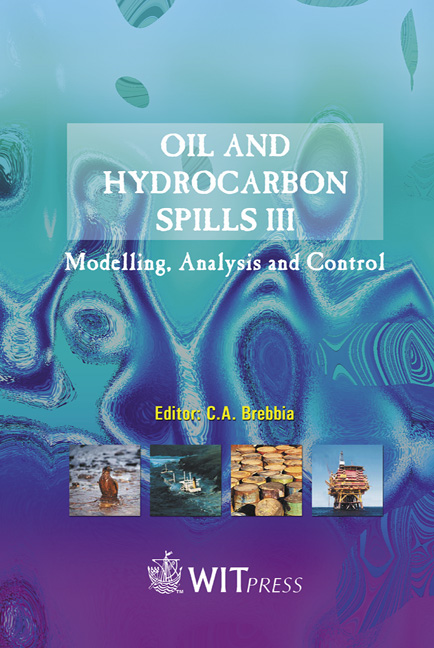Oil Spills: From Statistical Analysis To Quantitative Risk Assessment
Price
Free (open access)
Transaction
Volume
59
Pages
Published
2002
Size
707 kb
Paper DOI
10.2495/OIL020401
Copyright
WIT Press
Author(s)
B. Fabiano, F. Currb, R. Pastorino & M. Del Borghi
Abstract
This paper is focused on the development of a formalised approach to the quantification of risk in probabilistic terms, according to the methods already applied in the process industry. The study is structured into linked stages that were undertaken sequentially, as follows. The first part was dedicated to the analysis of the long-term accident trends in open sea and to elaborate world-wide statistics on the number and frequency of spills, immediate and underlying causes, as well as on accident evolving scenarios. The statistics about the frequency of casualities can provide an overall view of the level of safety involved in the shipping activity. In facing the whole risk two aspects can be outlined: risk in open sea and risk in harbour area. Therefore, in the subsequent applicative phase, an Italian case- study was considered, by developing a quantified risk assessment methodology. Starting from the elaboration of the collected yearly data on hydrocarbon transport and type of tankers in the considered port, it was possible to perform a statistical reinforced analysis of the expected accident frequency. A range of possible accident scenarios was selected, starting from the analysis of oil related activities and the type of hydrocarbon handled or transported in the area. The analysis of the consequences of the oil spill and the subsequent accident in case of ignition was performed considering, in detail, the study of the pool fire and the connected thermal radiation. Based on these findings, conclusions are drawn, with emphasis on some risk control options and practical recommendations, according to inherent safety principles.
Keywords





